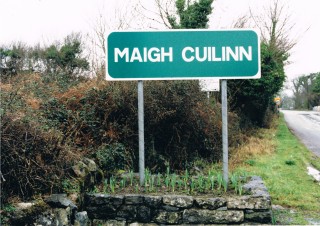N59 Maigh Cuilinn Bypass
- Other relevant links
- N59 Oughterard Footbridge
- N67 South of Ballinderreen Cycleway
- N59 Kentfield
- Athenry Northern Ring Road
- N63 Liss to Abbey Realignment Scheme
- N17 Milltown to Gortnagunned Realignment
- N83 Dunmore Rural Regeneration Scheme
- IAPS Eradication
- M6 Service Area
- M17 M18 Gort to Tuam Scheme
- N59 Clifden to Maam Cross
- N59 Maigh Cuilinn Bypass
- R336 Bearna to Scríb
- N63 Abbeyknockmoy Village Active Travel
A Compulsory Purchase order for the scheme was confirmed by an Bord Pleanala in November 2012. Notice to Treat was served on the 27th August 2013 and the Notice of Entry was served on 16th of September 2013. The lands were formally entered on the 3rd of October 2013 on foot of the above notice.
RPS Consultants were appointed to assist Galway County Council in 2018 with the preparation of detailed design and contract documents. Wills Bros Ltd. were appointed in late 2021 as the main contractor to carry out the construction of the scheme works.
The N59 Bypass was opened in December 2023 with the completion of the Knockferry Road Realignment section due in early 2024.
Photos



Find us
on Facebook
Follow us
on Twitter
Gaeilge
agus Fáilte